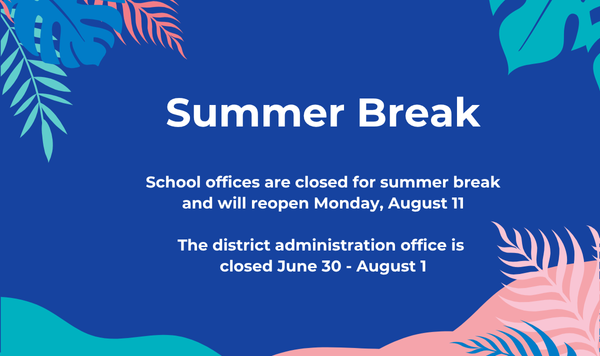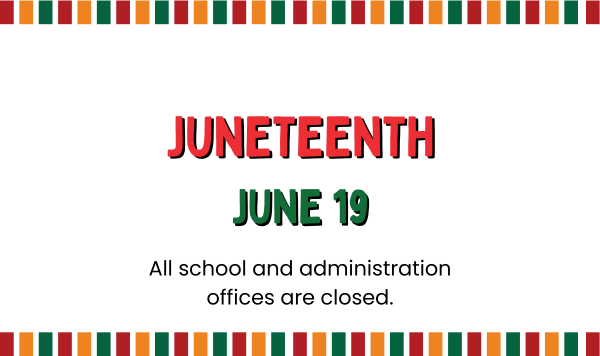Important News
Corvallis School District closed for summer break
Students Solve World Issues in the World Peace Game
Students are easing out of summer vacation by blending together work and play, as the new school year approaches. From August 13-17, 25 students gathered at Linus Pauling Middle School to participate in a World Peace Game led by its creator, John Hunter. The group ranged from ages 9 to 12. Students worked through issues our world faces today in a fun and challenging game. The activity was part of the World Peace Game Master Class sponsored by the World Peace Game Foundation and hosted by the Corvallis School District.
Over the course of five days, students worked through a series of 23 intertwining crises. Students worked together to solve real-world issues such as border disputes, religious tensions, famine, climate change, and ecological disasters. Before the game began, students were provided with their dossiers, which included daily budget records, daily expenses and revenue, situation reports, and documents for recording their country’s inventory. They worked toward the end-game goals, which are to resolve or reduce all conflicts simultaneously and increase the asset or value of their team’s nation. Teachers were also able to observe the game to develop their own ideas of how to create a more interactive and engaging classroom.
The World Peace Game was founded by John Hunter in 1978 as a hands-on approach to addressing political, economic, and social issues. The game board features a multi-level Plexiglas design, with each layer representing a different layer of the world. Students possess troops and resources on each of the four tiers: sea, ground, air, and space. At the beginning of the game, students are given roles such as Prime Minister, Secretary of State, and Secretary of Trade and Commerce. Teams rule over four fictional countries, run the World Bank, and represent the United Nations. They debate how to solve world problems, trade resources, negotiate borders and finances, and pay fines to the World Bank for self-governed rules, such as repeating previously-answered questions. The game combines real-world issues with a twist of fantasy. For example, one student represents the international role of the Weather Goddess, who is a neutral party to administer random elements and interdependence. Changes are made to the game board by the students to reflect their decisions. At the end of the game, students must have solved all interlocking problems and raised every country’s budget value in order to win. For five days, students are the leaders of the world, making decisions that have great impact.
While students are highly-engaged in this fun and interactive game, they are also developing crucial skills that apply beyond the classroom. They learn skills in critical thinking, reflective thinking, and teamwork. Students learn how to respect others’ opinions and show empathy toward others, as their success weighs on their ability to work together. “There are no losers in this game, unless we all lose, and no winners unless we all win,” said John Hunter. The game allows students to be competitive in a safe environment, meaning students learn how to have effective communication. It encourages consequential thinking, where students see the ramifications of their decisions play out on the board. Students also learn Maslow’s Hierarchy of Needs, a theory in psychology that exhibits human growth from essential needs to discovering one’s potential. Although their decisions throughout the World Peace Game impact a fictional world, students foster skills essential to being a productive, positive, and passionate member of society.
This type of real-world, project-based learning will be a focus in all of our schools in the year ahead. Thank you to former Linus Pauling teacher Carla Olson for coordinating this summer learning opportunity for students and teachers.
For more information on the World Peace Game Foundation, visit https://worldpeacegame.org/.


